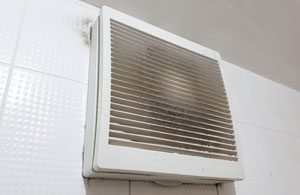 Differential pressure measurement can be beneficial in a wide variety of building automation system (BAS) applications.
Differential pressure measurement can be beneficial in a wide variety of building automation system (BAS) applications.
One of these applications involves determining if a filter in your system needs to be cleaned or replaced. Filter health can be established by monitoring the pressure on the primary and secondary sides of a filter. A clean filter will typically have a baseline differential pressure generated as air flows through it. As the filter becomes dirty, this differential pressure increases.
When using a mechanical flow sensor, such as a pitot tube, differential pressure can also be used to determine flow velocity and volumetric flow. Continue reading “Velocity Measurement and Environmental Effects”

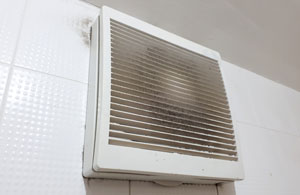

 If you’ve ever spent time in a hospital, you may have noticed a device similar to a home thermostat mounted on the wall with a display stating “ACH”. What exactly does “ACH” stand for and why is it important in a building or hospital?
If you’ve ever spent time in a hospital, you may have noticed a device similar to a home thermostat mounted on the wall with a display stating “ACH”. What exactly does “ACH” stand for and why is it important in a building or hospital? 
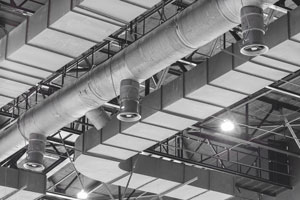
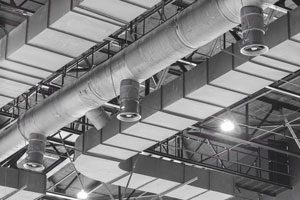 In HVAC systems, there are many different parameters that are commonly measured for system performance or building comfort. Some of the most commonly measured HVAC system parameters are temperature, air velocity, humidity and static pressure. Of those parameters, static pressure is extremely important in terms of system performance. Static pressure indicates how hard the HVAC system has to work to move air through the building or how much resistance to flow exists. The higher the static pressure, the harder the system has to work to move air through the building.
In HVAC systems, there are many different parameters that are commonly measured for system performance or building comfort. Some of the most commonly measured HVAC system parameters are temperature, air velocity, humidity and static pressure. Of those parameters, static pressure is extremely important in terms of system performance. Static pressure indicates how hard the HVAC system has to work to move air through the building or how much resistance to flow exists. The higher the static pressure, the harder the system has to work to move air through the building. 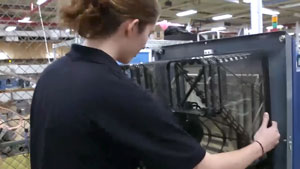
 High quality, well-functioning test equipment is an important part of any balancer’s toolbox. As a balancer, your customers rely on you to keep their buildings comfortable, to help them meet federal building regulations, and to help them save energy and money. Your customers expect you to provide accurate readings, and in order to do so, you need to use reliable, calibrated test equipment. By regularly calibrating your equipment, you will be able to provide your customers with the excellent service they expect.
High quality, well-functioning test equipment is an important part of any balancer’s toolbox. As a balancer, your customers rely on you to keep their buildings comfortable, to help them meet federal building regulations, and to help them save energy and money. Your customers expect you to provide accurate readings, and in order to do so, you need to use reliable, calibrated test equipment. By regularly calibrating your equipment, you will be able to provide your customers with the excellent service they expect.